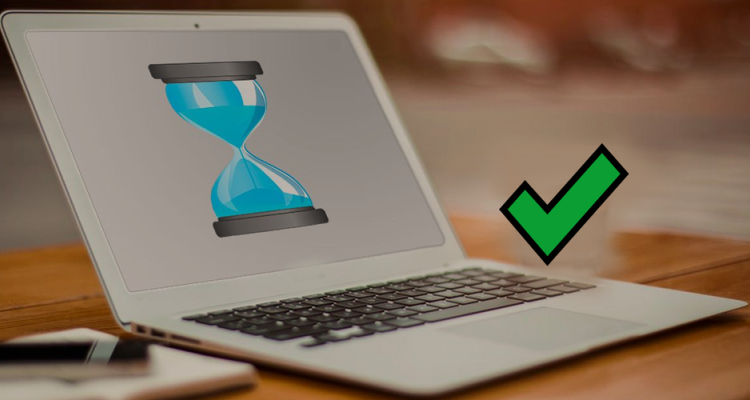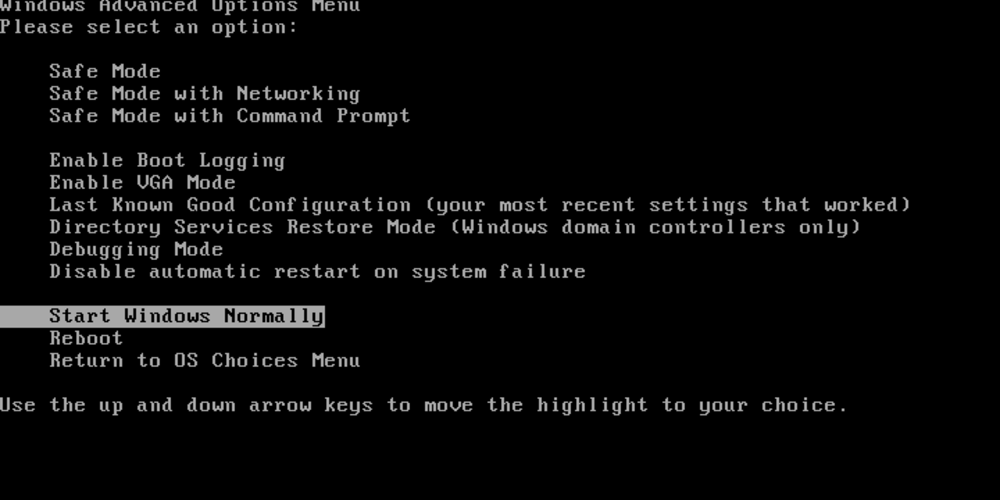
Best For You
A Comprehensive Guide to Troubleshooting and Fixing Frozen PCs
Computers may often become unresponsive or "frozen" for various reasons. This can be extremely frustrating, especially when you are in the middle of important work or a gaming session. Fortunately, there are several ways to troubleshoot and resolve these issues. In this comprehensive guide, we will explore the possible reasons for a frozen PC and provide step-by-step instructions to help you get your computer running smoothly once again.
1. Wait Before Taking Action
When a computer freezes, it's natural to feel panicked and want to take immediate action. However, sometimes the best course of action is to give your computer some time to catch up. It's possible that your system is simply bogged down with a demanding task, causing it to become unresponsive temporarily. Give your computer a few minutes to see if it can resolve the issue on its own. Additionally, avoid clicking the mouse or pressing keys repeatedly, as this could worsen the problem.
If the computer remains unresponsive after waiting for a reasonable amount of time, then it's time to move on to other troubleshooting steps. Be prepared to exercise patience, as some steps may take longer than others, depending on the severity of the problem.
2. Press CTRL + ALT + DELETE to Access Task Manager

The combination of CTRL + ALT + DELETE keys is a well-known shortcut for accessing the Task Manager. This is a useful tool that can help you diagnose and resolve issues related to frozen computers. Once the Task Manager is open, you can view the list of running programs and processes on your computer. Look for any task that is using a significant amount of resources or is marked as "Not Responding." This might be the program causing your computer to freeze.
To close the unresponsive program, select it in the list and click the "End task" button. This should free up system resources and hopefully unfreeze your computer. However, keep in mind that forcibly closing a program may result in a loss of unsaved data, so use this method cautiously.
3. Restart the Computer via the Power Button
If the Task Manager is not accessible or fails to resolve the issue, restarting your computer is the next step. Press and hold the power button on your computer for approximately 10 seconds or until the system powers off. This method is known as a "hard reset" and can help clear temporary system glitches that may be causing the freeze.
After the computer has powered off, wait for about 30 seconds before turning it back on. This ensures that all internal components have had time to fully power down. Once the computer has restarted, check to see if the freezing issue has been resolved. If the problem persists, continue to the next troubleshooting step.
4. Boot in Safe Mode and Run System Checks

Booting your computer in Safe Mode is an effective way to diagnose and fix issues related to system files and drivers. Safe Mode starts your computer with only the essential drivers and services, which can help you determine if the freezing issue is caused by a specific driver or software conflict.
To boot your computer in Safe Mode, follow these steps:
- Restart your computer and immediately start pressing the F8 key repeatedly.
- When the Advanced Boot Options menu appears, select "Safe Mode," and press Enter.
- Once your computer has booted in Safe Mode, run a System File Checker scan by opening a Command Prompt with administrative privileges and typing "sfc /scannow". This will scan and repair any corrupted system files that may be causing the freezing problem.
- If the System File Checker did not find any issues, you can also run a check on your hard drive for errors by typing "chkdsk /f /r" in the Command Prompt and pressing Enter. This will check your hard drive for errors and attempt to fix them.
After running these system checks, reboot your computer and see if the freezing issue has been resolved. If not, proceed to the final troubleshooting step.
5. Perform a System Restore or Reset
If all other troubleshooting steps have failed, performing a System Restore or Reset may be the most effective solution. A System Restore allows you to roll back your computer's settings to a previous date, which can help resolve any issues that may have been introduced by recent software installations or updates.
To perform a System Restore, follow these steps:
- Press the Windows key, type "System Restore" in the search bar, and press Enter.
- Click "System Restore" and follow the on-screen instructions to choose a restore point. This will not affect your personal files but may remove recently installed software and drivers.
- After completing the System Restore, restart your computer and check if the freezing issue has been resolved.
If the freezing issue still persists or there are no available restore points, you may need to perform a System Reset. This will reinstall your operating system and remove all installed software, but you can choose to keep your personal files during the process. To perform a System Reset, go to Settings > Update & Security > Recovery and click "Get started" under "Reset this PC". Follow the on-screen instructions to complete the process.
By following these troubleshooting steps, you should be able to effectively diagnose and resolve the issue of your frozen PC. Remember to always keep your software and drivers up-to-date, as well as regularly back up your important files to avoid potential data loss in the event of a system crash.





